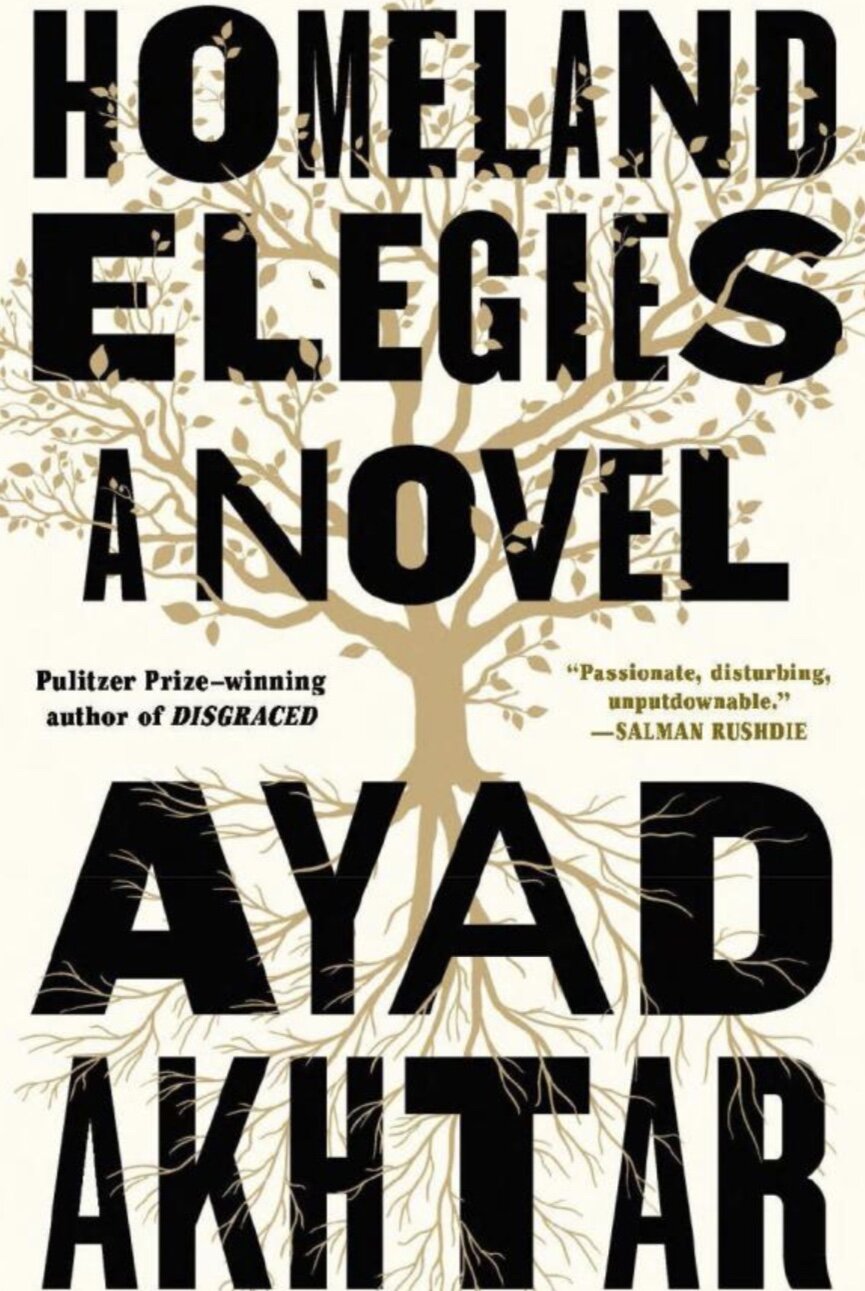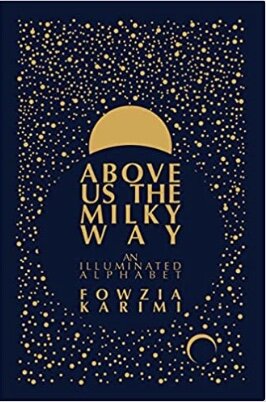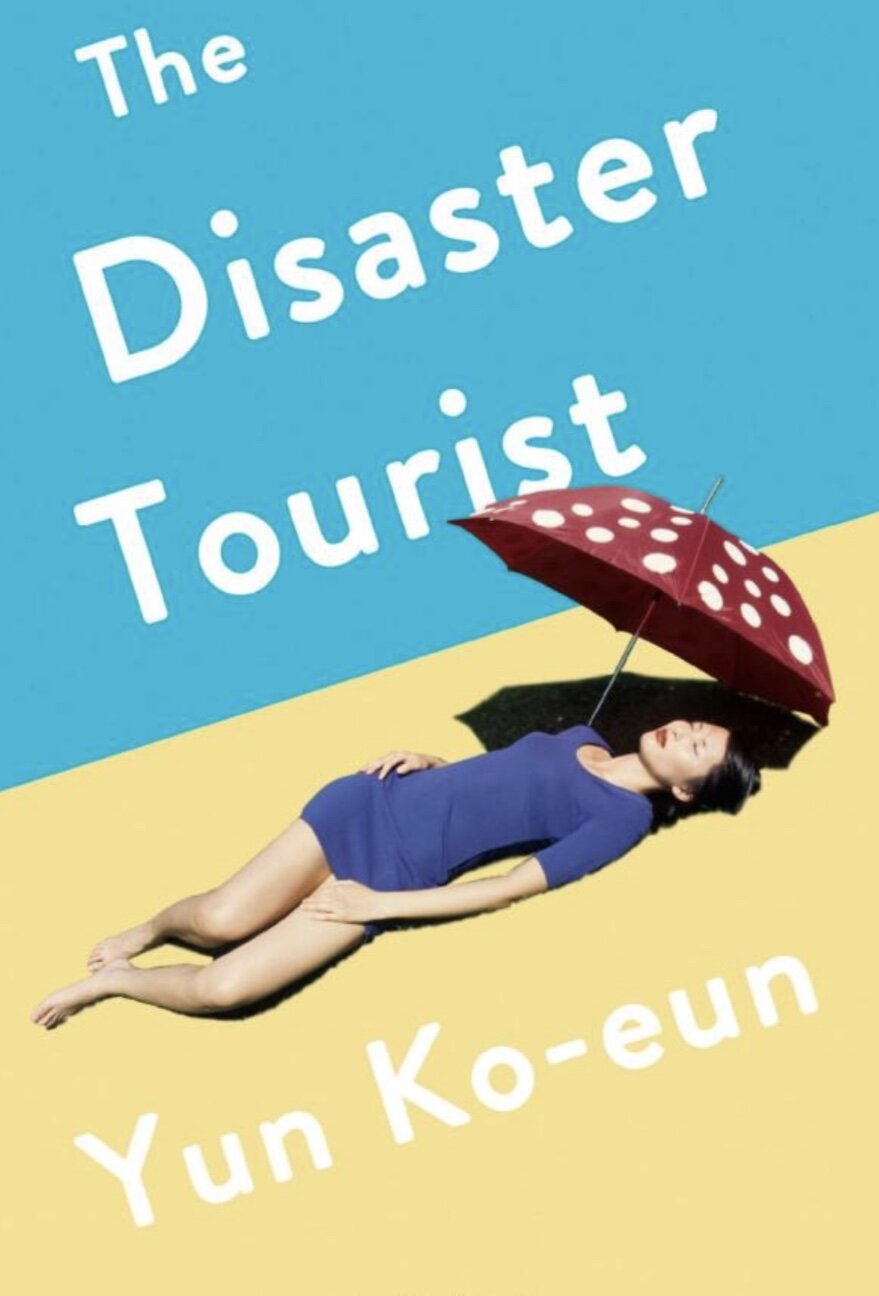How Much of These Hills Is Gold by C. Pam Zhang (Riverhead Books)
The Old West of the United States is a familiar icon. From childhood, Americans learn about the beauty of its desert canyons and grasslands, the gold that lay within its rivers, the uninhabited spaces that drew those who fit in nowhere else, who wanted the opportunity for reinvention, to find a place that would fit their definitions of home. Buffalo Bill, Annie Oakley, the Donner Party--these are the figures who haunt the West--the ones who made it, the ones who died trying, the ones who hammered the Golden Spike into the last piece of rail that connected East to West.
C. Pam Zhang has taken this myth--of outsiders on their own, making their way through a landscape that is stark and sere, living on what they can hunt, and working their way toward the lives they hope to make that are beyond anything they’ve yet experienced. But these fugitives are orphans who were born to Chinese parents, traveling by themselves on a stolen horse, in the only world they’ve ever known.
Lucy and Sam each have been shaped by a different parent who has given them different dreams. Lucy learned from her mother the weapon that beauty can provide, the value of an education, the fragments of a distant culture found in a trunk that Ma had carried from an unnamed country. Sam has absorbed the essential attributes of being male, taught by a man who never knew his own parents, who was found by Native Americans when he was an infant, lying beside a dead Chinese couple. Ba needs a boy and he turns Sam from being his youngest daughter into his only son.
Lucy longs to reach Sweetwater, a town she’s only heard of, where she can live in the cleanliness and order that her mother had worked unsuccessfully to attain. Sam wants to keep going, far from anyone who might recognize the girl who hides beneath a boy’s tough exterior. But first they have to find a place where they can bury their father’s body that rots to pieces in their mother’s old trunk, waiting to be placed in the ground, anchored by two stolen silver dollars.
As they search, Lucy clandestinely buries the fragments of her father’s body that drop from cracks in the trunk. Even after she and Sam put the unrecognizable carcass within the grave they’ve dug, along with the stolen silver, Ba haunts her. At night his ghost tells Lucy the true story of who her parents had been and why each of them, in cruel and separate ways, had abandoned their children.
“What makes a home a home?” “What makes a family a family?” These are questions Lucy and Sam ask each other long before they ride off to find the answers for themselves. Each child finds what they thought they wanted; each ends up far from where they had dreamed of being, aching for what they’ve lost.
C. Pam Zhang has wriitten a novel that’s built upon the lives and bodies of the Chinese in America. Within the poetry of the Western landscape, she has placed two children who will live there forever, as legends and as revealed history.~Janet Brown



















